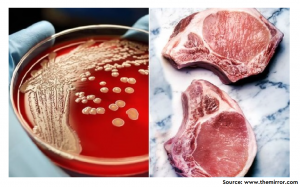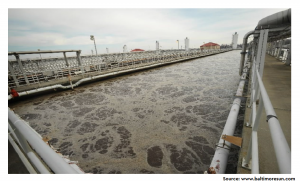It is well known that the incidence of antibiotic resistance is increasing globally and has the potential to create major problems for modern healthcare. Increased use and misuse of antibiotics in agriculture and aquaculture has placed greater selective pressure on bacterial populations in a variety of environments. Horizontal gene transfer is the most common and flexible pathway for the dissemination of antibiotic resistance genes (ARGs) in human commensals and pathogens and this is enhanced within microbial structures, such as a biofilm. Currently, the most widely used method for investigating antibiotic resistance in microbiology is through direct and deep sequencing provided by Next Generation Sequencing (NGS) platforms. The metagenomic analysis of the oral resistome through orpharyngeal swabs from healthy infants showed the presence of ARGs resistant to multiple antibiotics. Surprisingly, this population shared a common oral resistome with populations exposed to antibiotics, despite having no exposure to modern medicine. Such a report points towards an alarming situation, thus putting great pressure on the shoulders of dentists.
Out of total, 40%–50% of worldwide antibiotics prescriptions are unwarranted. Of these, dentistry accounts for approximately 3-11% of all antibiotic prescriptions. This is a significant contribution to antibiotic consumption and as clinicians; one must understand the impact of therapeutic decisions beyond the chairside. The focus of this review article is to increase awareness on good dental practice can help make a difference in breaking the chain of increasing antibiotic resistance as well as strategic actions to be undertaken. The key efforts highlighted in the review points towards: i) Use of narrow spectrum antibiotic, ii) The shorter duration of the prescription, iii) Application of evidence based practice, iv) Increased exposure to established stewardship programs, v) Creating awareness during World Antibiotic Awareness week held in November each year, vi) Use of webinars, lectures to update the knowledge of the dental practitioner.
To read entire article visit the website of Australian Dental Journal (Link)







